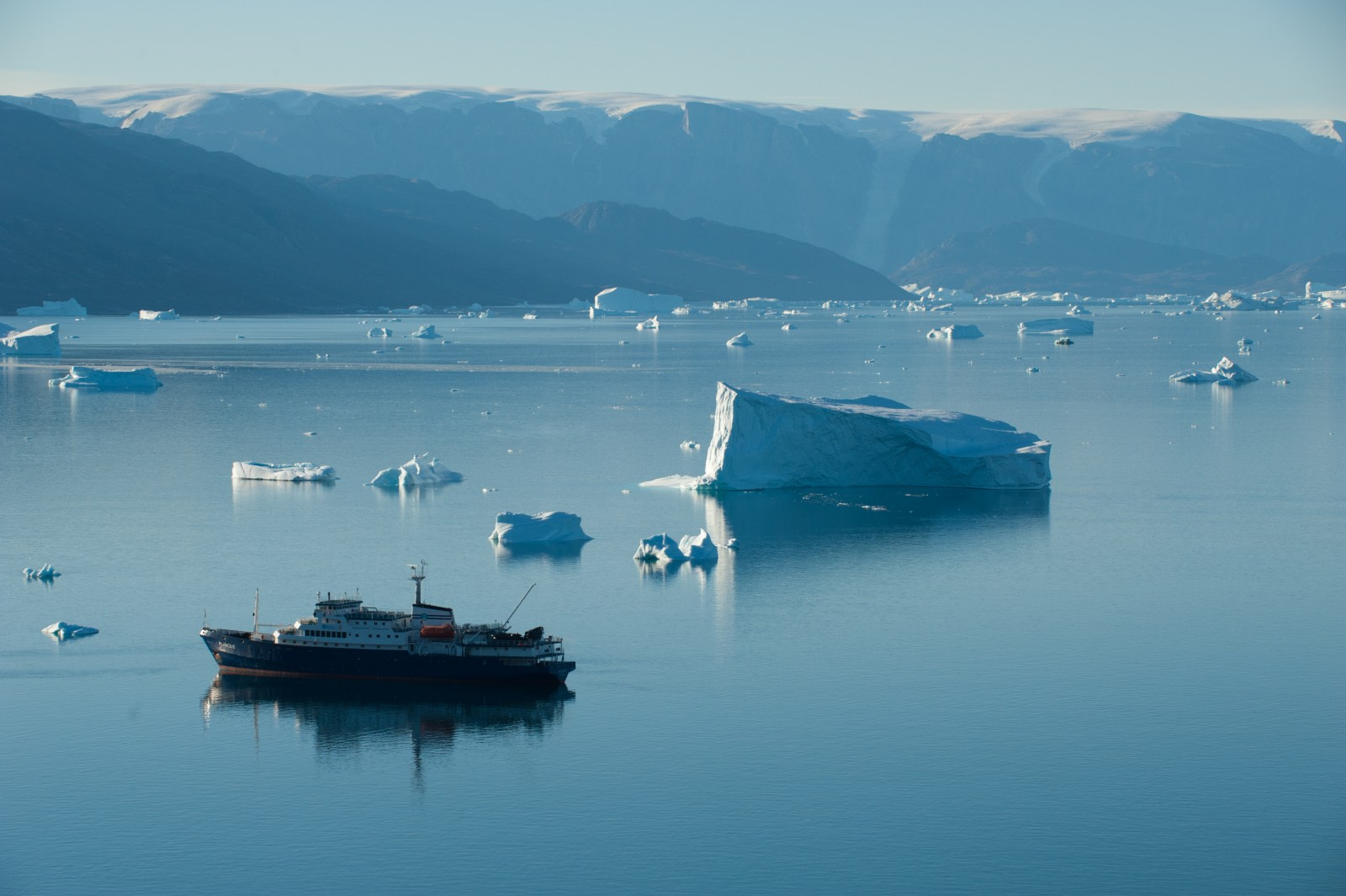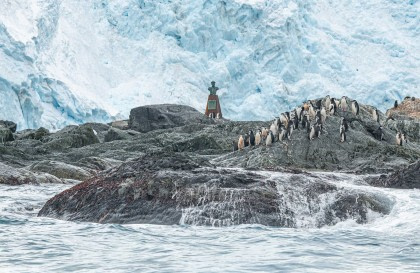Our eco-accord with AECO & IAATO
Nature-based travel asks its share of responsibilities to the planet, and travel in ecologically vulnerable areas even more so.
Thankfully, the polar regions have two vital and widely respected organizations in their corner: AECO and IAATO.
AECO, the Association of Arctic Expedition Cruise Operators, was founded in 2003. It ensures that Arctic tourism is carried out with utmost consideration for safety as well as respect for the natural environment, local cultures, and cultural remains.

Image by Joerg Ehrlich
Its southern equivalent, IAATO, the International Association of Antarctic Tour Operators, was founded in 1991 does the same for Antarctic commercial travel.
Neither organization is a law enforcement entity, but rather a voluntary consortium of member cruise operators who establish guidelines for safe and sustainable polar travel.
Oceanwide, a deeply committed member of both, is proud to operate according to their guidelines.
In fact, members of our team gratefully serve key functions within both AECO and IAATO.

How we go AECO in the Arctic
AECO, of which Oceanwide is a founding member, provides an extensive list of Arctic travel criteria.
While too numerous to fully expound here, these criteria direct Arctic tourism in relation to wildlife, communities, biosecurity, historical sites, and other concerns.
Wildlife, not surprisingly, is one of AECO’s top priorities.
Because Arctic wildlife is as precious as it is vulnerable, AECO asserts specific stipulations that guide our encounters with birds, land mammals, and marine animals.
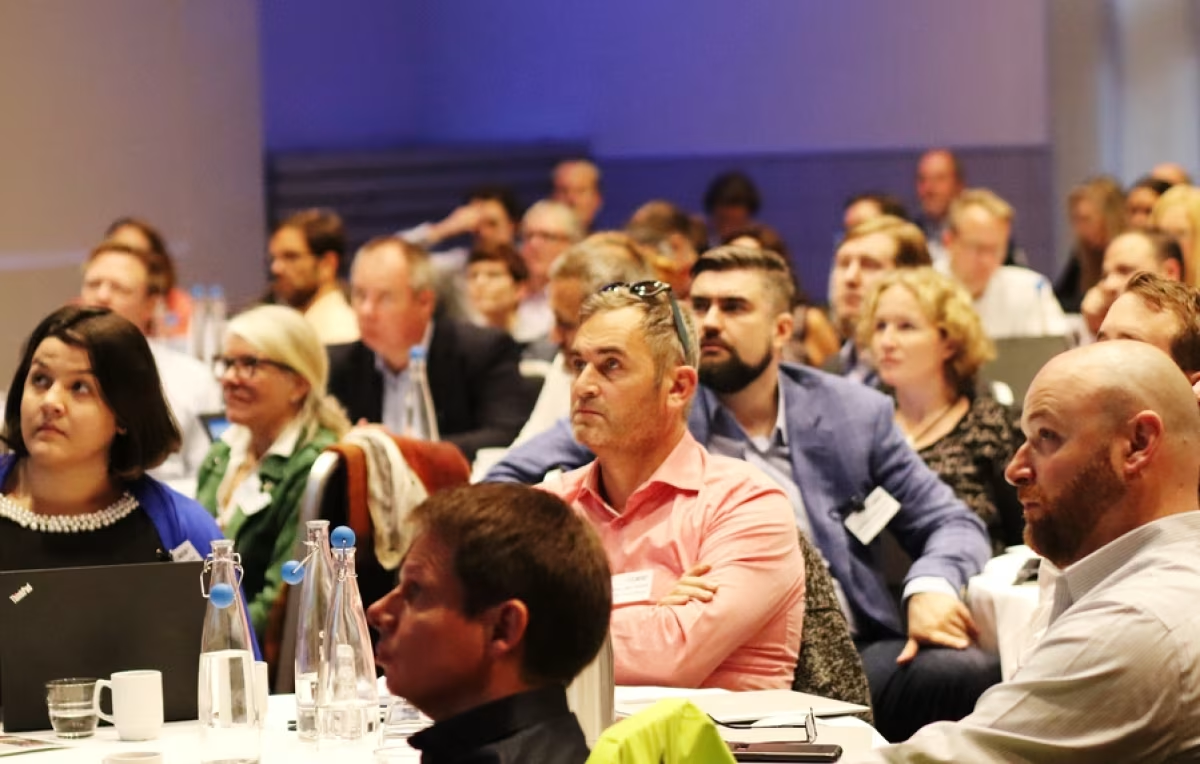
Image courtesy of AECO
Oceanwide not only follows these stipulations, it has helped create them.
Our chief operating officer, Mark van der Hulst, is a member of AECO’s executive committee; and our field operations manager, Adam Turner, is a member of various committees in AECO.
AECO’s wildlife rules cover everything from how to avoid disturbing (and getting swarmed by) Arctic terns to how close you should kayak to a swimming walrus.
Hint: If you can see its tusks, you’re too close.
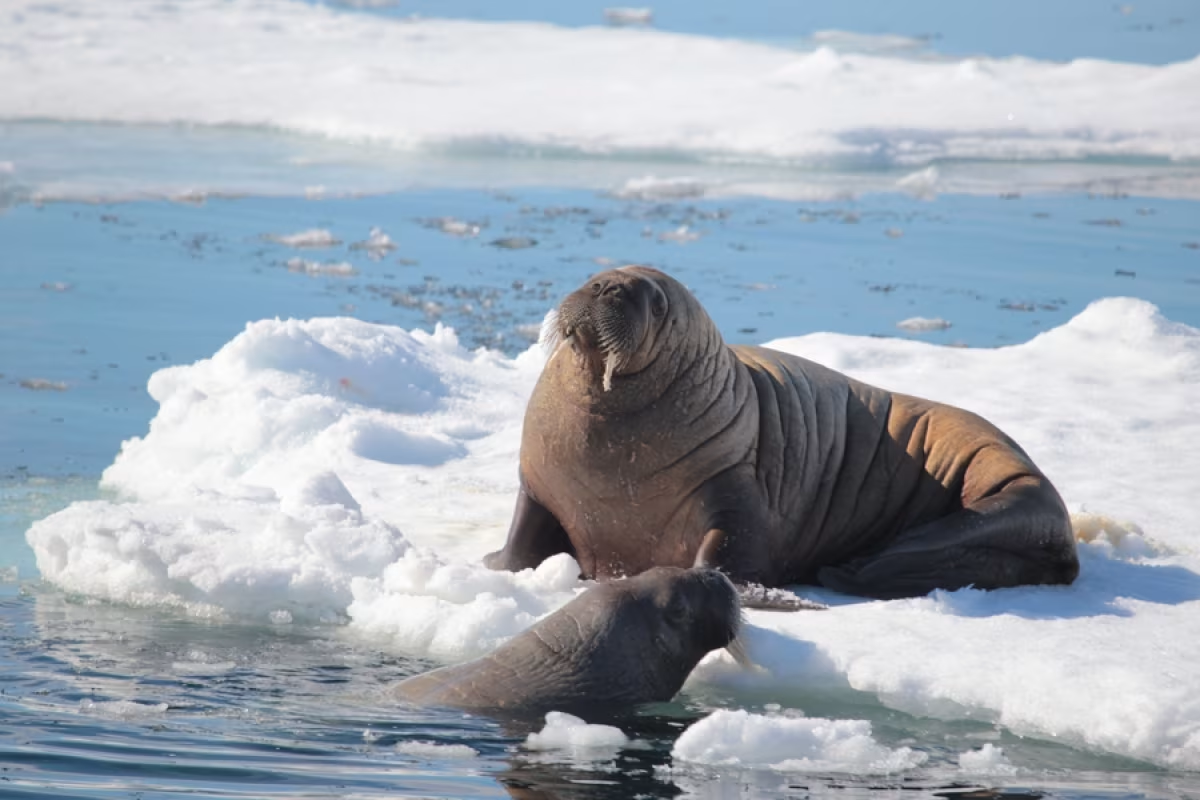
Other AECO recommendations protect Arctic floral biodiversity by mandating “boot rinses” aboard all vessels, washing off potentially invasive contaminants.
Further AECO guidelines help establish community-specific rules.
When in such settlements as Longyearbyen, for example, dogs aren’t for petting. And you should definitely not leave town without polar bear protection.
Remember, the Arctic is a wild place. Hence the need for such guidelines, and for AECO.
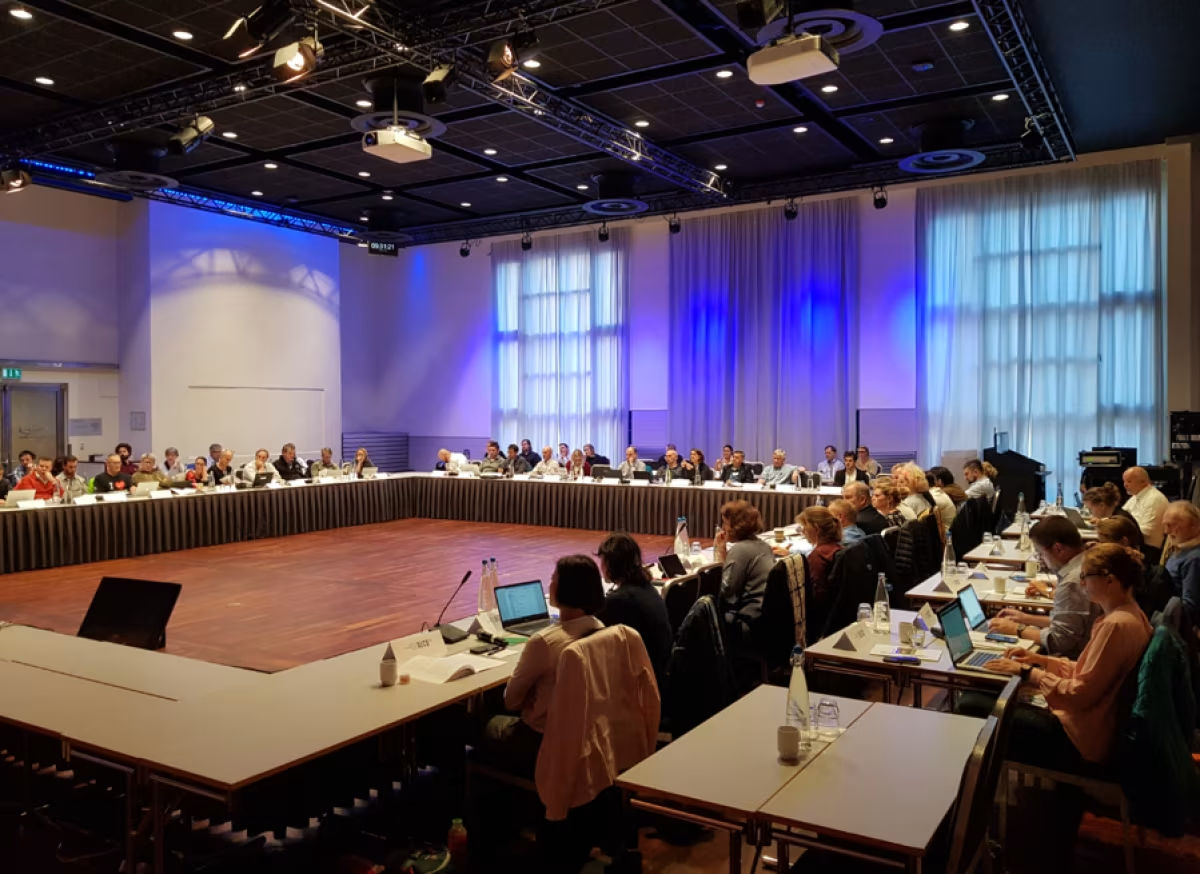
Image courtesy of AECO
The IAATO way of Antarctic travel
As with AECO, our IAATO membership is visible in all aspects of our operations.
IAATO’s provisions define responsible Antarctic travel and include but are not limited to the proper use of ice-strengthened vessels, Zodiac boats, and on-shore equipment.
Many of the guidelines from IAATO have actually been incorporated into the Antarctic Treaty, a separate and longstanding agreement of over 50 signatory countries enforcing Antarctica as a scientific preserve devoid of military activity.

Image courtesy of IAATO
Our COO, van der Hulst, also serves on the executive committee of IAATO as well as the organization’s ship scheduling workgroup.
Turner, our field operations manager, is likewise a committee member in IAATO.
Their work helps IAATO protect not only the Antarctic landscape, but also Antarctica’s irreplaceable wildlife.
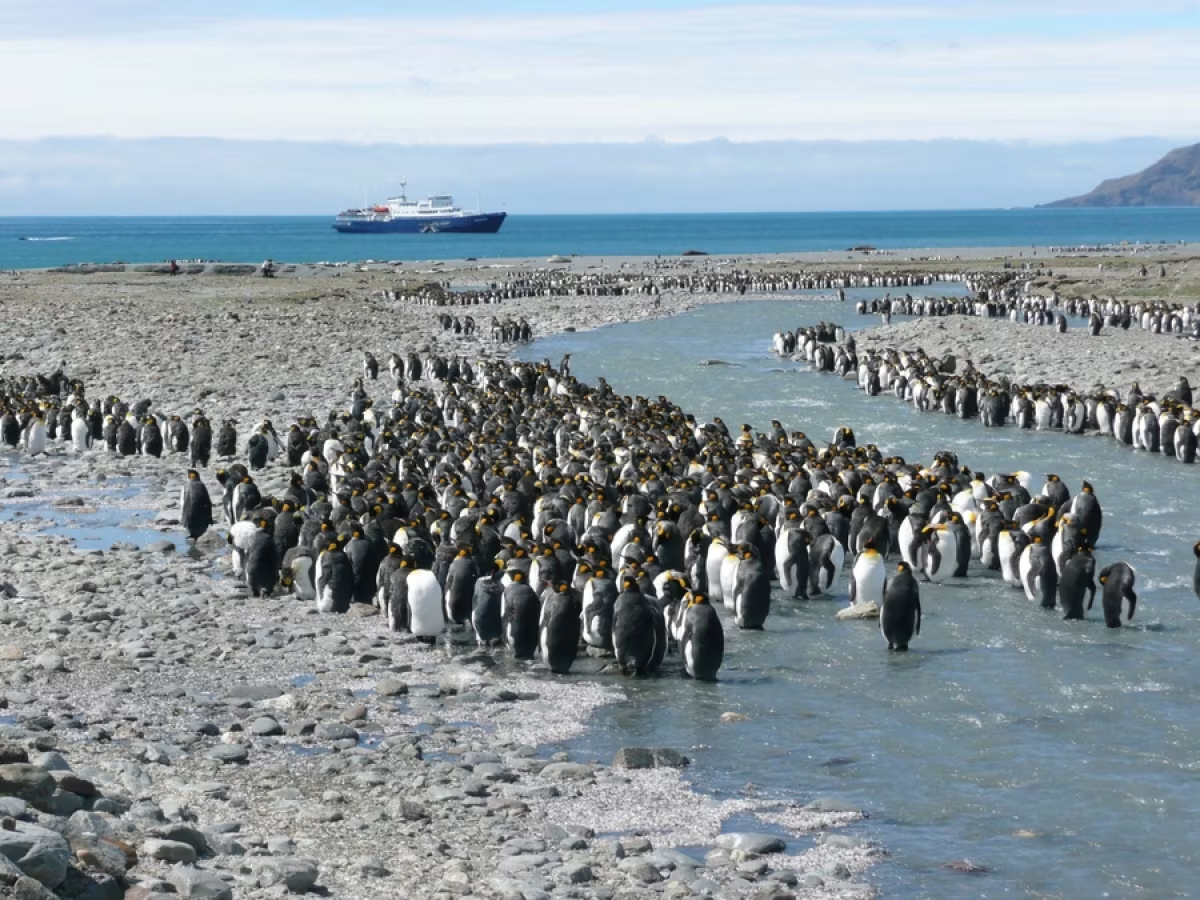
Image by Rob Tully
For instance, penguin colonies: IAATO obliges us to keep all boats and walking groups at a respectful distance from colonies (and individuals) so as not to distress them.
These breeding areas are particularly vital, as they can include several thousand penguins of all ages.
Per IAATO guidelines, we must also take care when using photography.

Image courtesy of IAATO
Taking pictures might seem a harmless activity, but it can too easily happen that travelers unintentionally encroach on an animal’s space when trying to get the perfect photo.
As in the Arctic, we do our best not to introduce outside pollutants into Antarctica.
IAATO instructs us to always rinse our boots before and after leaving the vessel. We also happily uphold their injunctions against touching, marking, and removing pieces of Antarctic monuments.
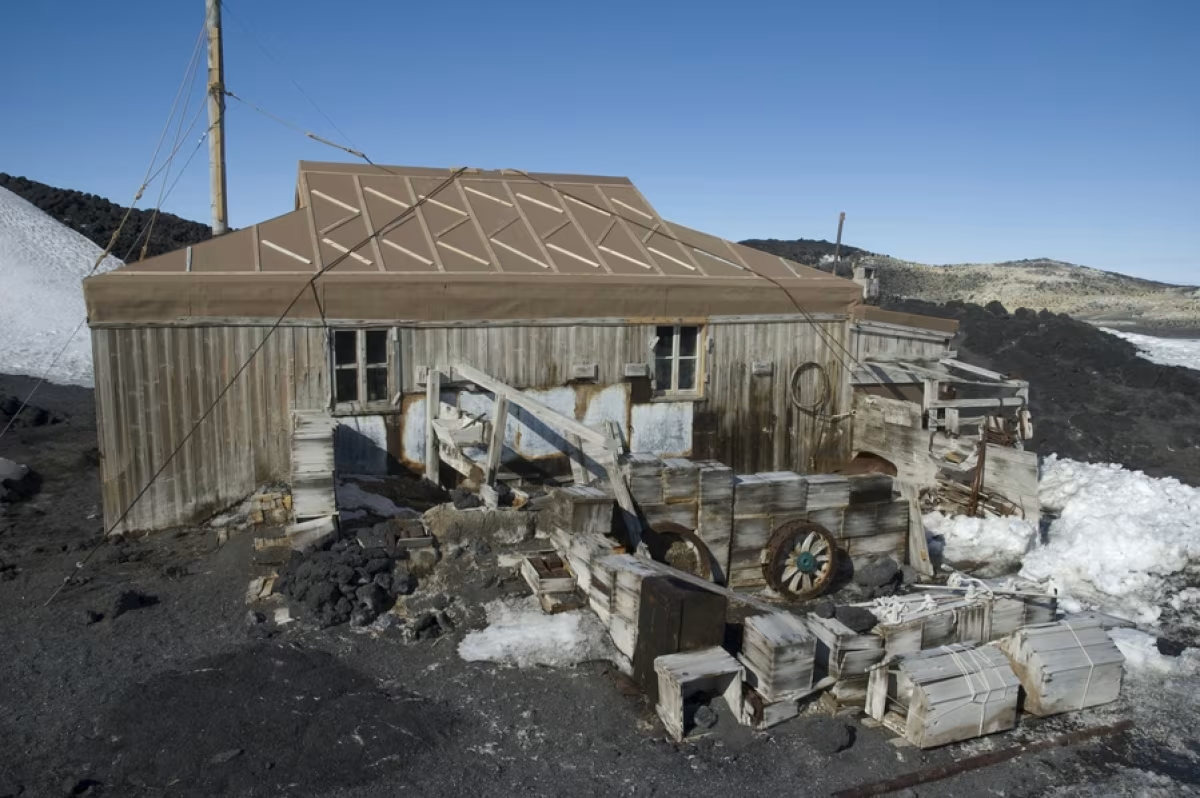
Image by Delphine Aurès
Since there are numerous research stations in Antarctica, and because we’re sometimes able to visit them, IAATO also defines safe conduct at these facilities.
We never interfere with scientific work, tamper with equipment, or otherwise disturb Antarctic researchers.
Some of these professionals are advancing the world’s understanding of climate change, after all, so hindering their work would be pointedly counterproductive.
These IAATO instructions, along with the myriad others not mentioned here, work to protect Antarctica in the same way AECO does at Earth’s opposite end.
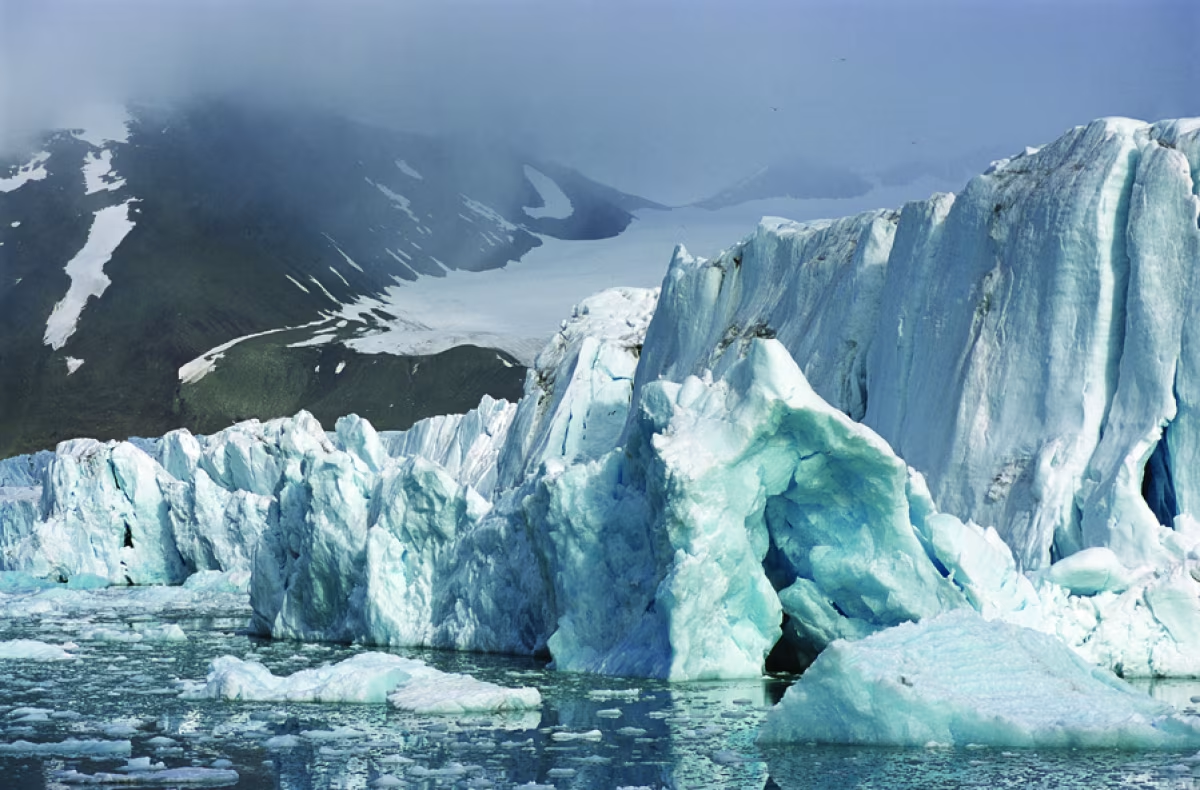
Image by Rinie van Meurs
AECO, IAATO, & OEX: a membership of mutual benefit
Organizations like AECO and IAATO illustrate how fully the environment benefits from an orchestrated coalition of efforts rather than the work of one person or entity.
Were it not for AECO and IAATO, polar operators would not have such sophisticated and effective procedural guidelines in the Arctic or Antarctica.
But were it not for their member cruise operators, AECO and IAATO would not be as empowered to promote safe and sustainable polar guidelines.
It is our coordinated, cooperative efforts that contribute to a healthy Arctic and Antarctica.

Image courtesy of AECO
This allegiance of knowledge and input explains why AECO and IAATO are so valued by other authorities, administrations, and governing bodies in the polar regions.
It also underscores why Oceanwide is so proud to be a member of both groups.
Our hope is that our continued work will enable future generations to be as inspired by the polar regions as we have.
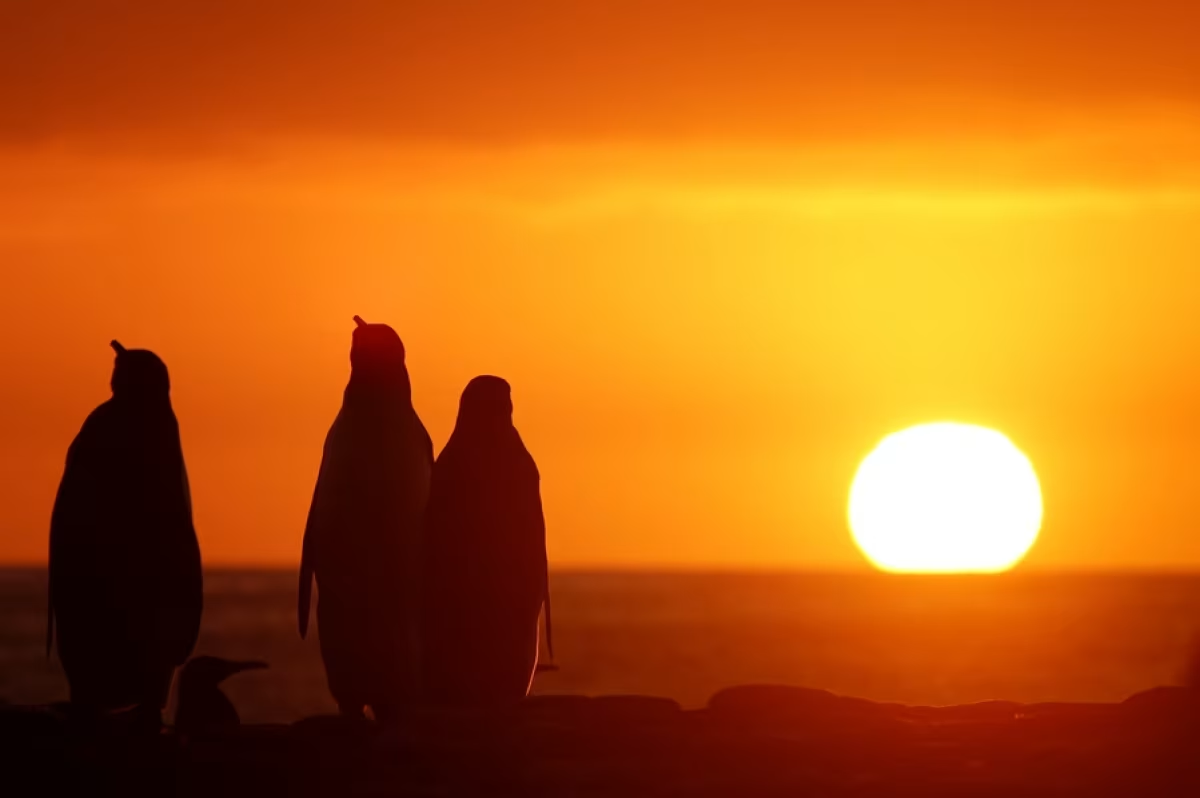
Image by Thijs van den Berg
